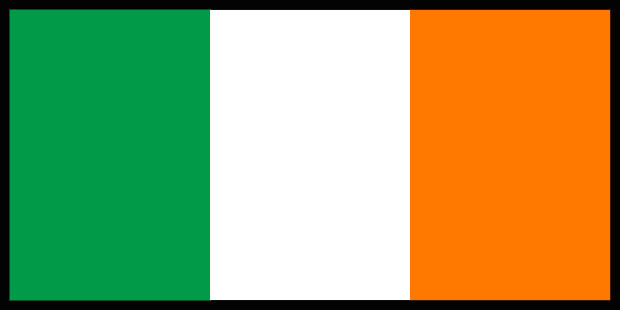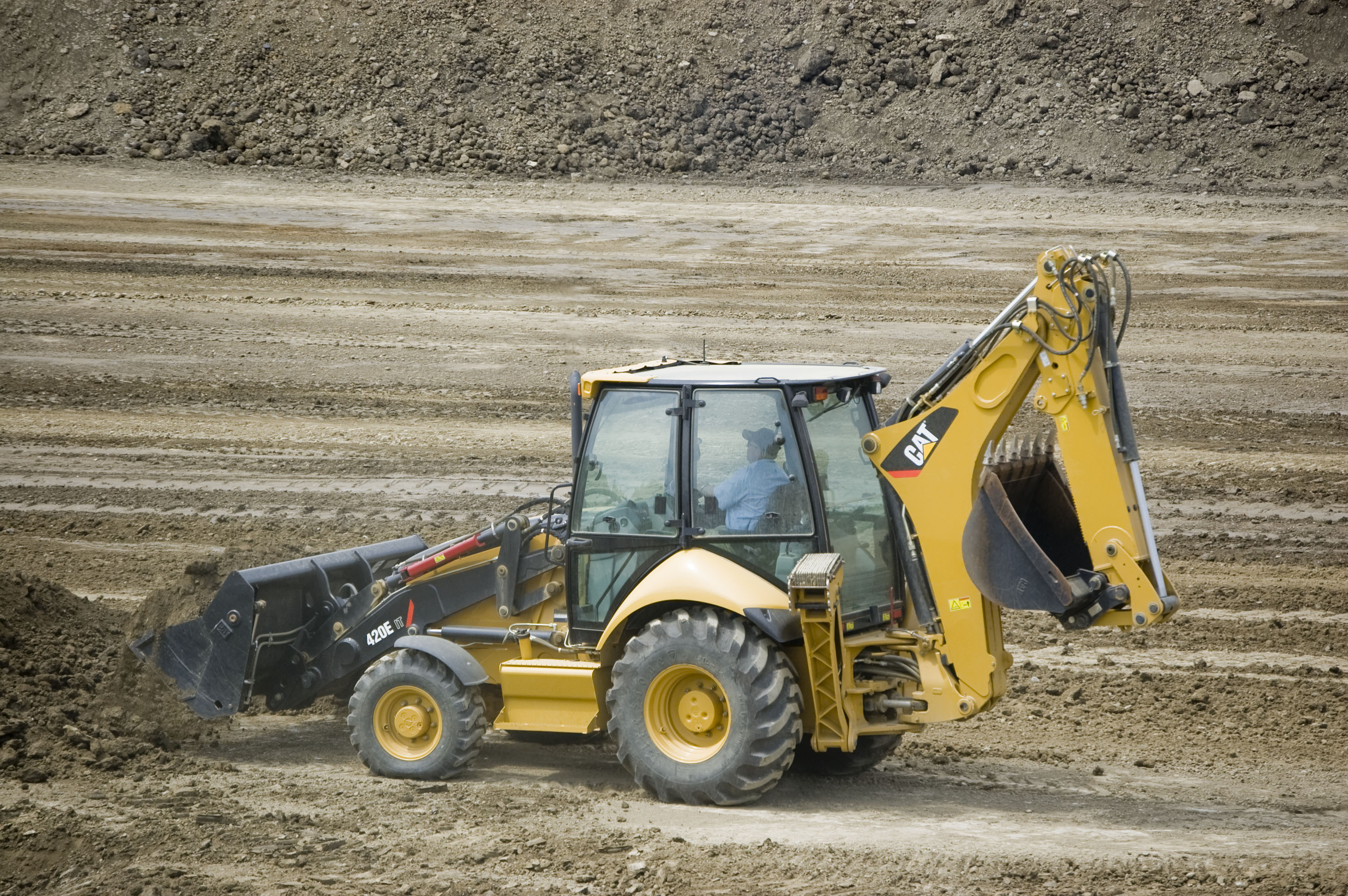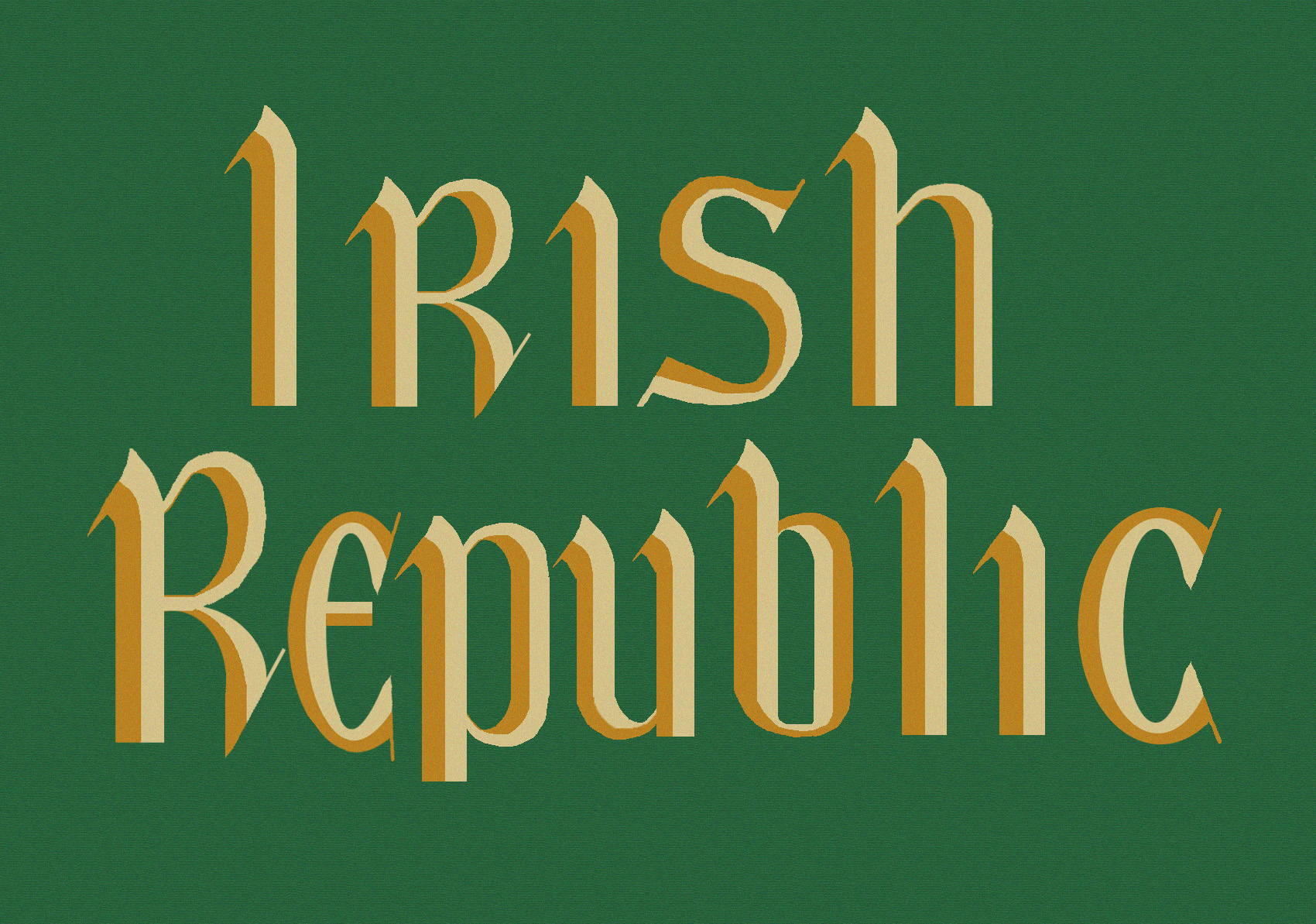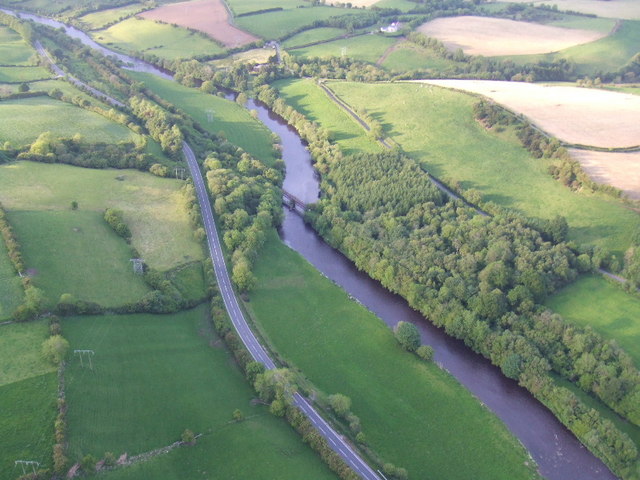|
Loughgall Ambush
The Loughgall ambush took place on 8 May 1987 in the village of Loughgall, County Armagh, Northern Ireland. An eight-man unit of the Provisional Irish Republican Army (IRA) launched an attack on the Royal Ulster Constabulary (RUC) base in the village. An IRA member drove a digger with a bomb in its bucket through the perimeter fence, while the rest of the unit arrived in a van and fired on the building. The bomb exploded and destroyed almost half of the base. Soldiers from the British Army's Special Air Service (SAS) then returned fire both from within the base and from hidden positions around it in a pre-planned ambush, killing all of the attackers. Two of them were subsequently found to have been unarmed when they were killed. A civilian was also killed and another wounded by the SAS after unwittingly driving into the ambush zone and being mistaken for IRA attackers. The joint British Army/RUC operation was codenamed Operation Judy.Brown, Andrew. ''The Difficult War: Perspect ... [...More Info...] [...Related Items...] OR: [Wikipedia] [Google] [Baidu] |
The Troubles
The Troubles () were an ethno-nationalist conflict in Northern Ireland that lasted for about 30 years from the late 1960s to 1998. Also known internationally as the Northern Ireland conflict, it began in the late 1960s and is usually deemed to have ended with the Good Friday Agreement of 1998. Although the Troubles mostly took place in Northern Ireland, at times violence spilled over into parts of the Republic of Ireland, England, and mainland Europe. Sometimes described as an Asymmetric warfare, asymmetric or Irregular warfare, irregular war or a low-intensity conflict, the Troubles were a political and nationalistic struggle fueled by historical events, with a strong Ethnic conflict, ethnic and sectarian dimension, fought over the Partition of Ireland, status of Northern Ireland. Unionism in Ireland, Unionists and Ulster loyalism, loyalists, who for Plantation of Ulster, historical reasons were mostly Ulster Protestants, wanted Northern Ireland to remain within the United Ki ... [...More Info...] [...Related Items...] OR: [Wikipedia] [Google] [Baidu] |
Backhoe Loader
A backhoe loader, also called a loader backhoe, loader excavator, tractor excavator, digger or colloquially shortened to backhoe within the industry, is a heavy equipment (construction), heavy equipment vehicle that consists of a tractor-like unit fitted with a Loader (equipment), loader-style shovel/bucket (excavator), bucket on the front and a backhoe on the back. Due to its (relatively) small size and versatility, backhoe loaders are very common in urban engineering and small construction projects (such as building a small house, fixing urban roads, etc.) as well as developing countries. This type of machine is similar to and derived from what is now known as a TLB (Tractor-Loader-Backhoe), which is to say, an agricultural tractor fitted with a front loader and rear backhoe attachment. The true development of the backhoe actually began in 1947 by the inventors that started the Wain-Roy Corporation of Hubbardston, Massachusetts. In 1947 Wain-Roy Corporation developed and teste ... [...More Info...] [...Related Items...] OR: [Wikipedia] [Google] [Baidu] |
BBC One Northern Ireland
BBC One Northern Ireland is a Northern Irish free-to-air television channel owned and operated by BBC Northern Ireland. It is the Northern Irish variation of the UK-wide BBC One BBC One is a British free-to-air public broadcast television channel owned and operated by the BBC. It is the corporation's oldest and flagship channel, and is known for broadcasting mainstream programming, which includes BBC News television b ... network. The service is broadcast from Broadcasting House in Belfast. In the rest of the UK, BBC One Northern Ireland is available as a regional variant on most TV service providers. In the Republic of Ireland, BBC One Northern Ireland is available as a standard channel. History On 24 October 2012, an HD variation of BBC One Northern Ireland was launched, to coincide with the completion of the digital switchover process in Northern Ireland. On 18 November 2013, BBC One Northern Ireland HD was swapped with the SD channel on Sky's EPG for HD subscribers ... [...More Info...] [...Related Items...] OR: [Wikipedia] [Google] [Baidu] |
Spotlight (BBC Northern Ireland TV Programme)
''Spotlight'' is a BBC Northern Ireland weekly current affairs programme. It debuted in 1973. The programme is aired on BBC1 Northern Ireland at 10:35pm (and sometimes early) on Tuesday evenings, with a repeat on BBC2. It is available to UK viewers outside of Northern Ireland on BBC iPlayer for a week after the programme. The format usually consists of a half-hour report presented on a rotating basis by a small number of presenters and reporters. At present, these are Mandy McAuley, Lyndsey Telford, Conor Spackman, Julian O'Neill, Stephen Dempster, Jennifer O'Leary, Alan Haslam. Occasionally, the programme consists of a studio format with various reports and panel discussions. ''Spotlight'' is well known for its hard-hitting investigations and in 2008 won a Royal Television Society award for Mandy McAuley's dog-fighting investigation. It has launched the careers of a number of high-profile broadcasters, including Jeremy Paxman, Alex Thomson and Gavin Esler. ''Spotlight a ... [...More Info...] [...Related Items...] OR: [Wikipedia] [Google] [Baidu] |
The Birches, County Armagh
The Birches ( Irish: ''Coill Bheithe'') is a small village in northern County Armagh, Northern Ireland. It is 6 miles northwest of Portadown, close to junction 12 on the M1 Motorway and to the southern shore of Lough Neagh. In the 2001 Census it had a population of 150. It is within the Armagh City, Banbridge and Craigavon council area. The Birches is part of the civil parish of Tartaraghan, and most of the settlement is within the townlands of Ballynarry and Clonmakate. Two parts to the village can be distinguished, that at Robinstown Road, centred on a public housing estate and a school, and that part adjacent to the M1 junction. Places of interest *Stonewall Jackson's ancestral site is at Waugh's Farm, The Birches (Jackson also had roots in Coleraine, County Londonderry). Education *Birches Primary School See also *List of villages in Northern Ireland *List of towns in Northern Ireland This is an alphabetical list of towns and villages in Northern Ireland. For a list sor ... [...More Info...] [...Related Items...] OR: [Wikipedia] [Google] [Baidu] |
Attack On RUC Birches Barracks
On 11 August 1986, the Provisional IRA East Tyrone Brigade, East Tyrone Brigade of the Provisional Irish Republican Army (IRA) attacked the Royal Ulster Constabulary (RUC) base at The Birches, County Armagh, The Birches near Portadown, County Armagh, Northern Ireland. The unmanned base was raked with gunfire before being destroyed by a bomb, which was driven through the gate of the base in the bucket of a J.C. Bamford, JCB digger. Background In 1985 the IRA's East Tyrone Brigade, commanded by Patrick J Kelly, began a campaign of destroying remote RUC stations and preventing anyone from rebuilding them, to create no-go zones. On 7 December 1985 it launched an Attack on Ballygawley barracks, attack on the RUC barracks in Ballygawley, County Tyrone, Ballygawley, destroying the base and killing two RUC officers. Attack It was a complex attack that involved several units, including teams of lookouts, an armed team and bomb-makers as well as a team to carry out a diversionary atta ... [...More Info...] [...Related Items...] OR: [Wikipedia] [Google] [Baidu] |
Attack On Ballygawley Barracks
On 7 December 1985 the Provisional Irish Republican Army (IRA) attacked the Royal Ulster Constabulary (RUC) base at Ballygawley, County Tyrone. Two RUC officers were shot dead and the base was raked with gunfire before being destroyed by a bomb, which wounded a further three officers. Background In 1985, Patrick Kelly became leader of the Provisional IRA East Tyrone Brigade. He, along with East Tyrone Brigade members Jim Lynagh and Pádraig McKearney, advocated using flying columns to destroy isolated British Army and RUC bases and stop them from being repaired. The goal was to create and hold "liberated zones" under IRA control that would be gradually enlarged. Although IRA Chief of Staff Kevin McKenna turned-down the flying column idea, IRA Northern Command approved the plan to destroy bases and prevent their repair. In that year alone there were 44 such attacks. Among the most devastating was the mortar attack on Newry RUC barracks in March. The attack The attack invol ... [...More Info...] [...Related Items...] OR: [Wikipedia] [Google] [Baidu] |
The Guardian
''The Guardian'' is a British daily newspaper. It was founded in Manchester in 1821 as ''The Manchester Guardian'' and changed its name in 1959, followed by a move to London. Along with its sister paper, ''The Guardian Weekly'', ''The Guardian'' is part of the Guardian Media Group, owned by the Scott Trust Limited. The trust was created in 1936 to "secure the financial and editorial independence of ''The Guardian'' in perpetuity and to safeguard the journalistic freedom and liberal values of ''The Guardian'' free from commercial or political interference". The trust was converted into a limited company in 2008, with a constitution written so as to maintain for ''The Guardian'' the same protections as were built into the structure of the Scott Trust by its creators. Profits are reinvested in its journalism rather than distributed to owners or shareholders. It is considered a newspaper of record in the UK. The editor-in-chief Katharine Viner succeeded Alan Rusbridger in 2015. S ... [...More Info...] [...Related Items...] OR: [Wikipedia] [Google] [Baidu] |
Pádraig McKearney
Pádraig Oliver McKearney (18 December 1954 – 8 May 1987) was a Provisional Irish Republican Army (IRA) paramilitary. He was killed during a British Army ambush at Loughgall, County Armagh in May 1987, aged 32. He had 15 years of service as an IRA Volunteer when he was shot dead at Loughgall, making him one of the most experienced IRA Volunteers ever killed by British forces. Background Pádraig McKearney was raised in Moy, County Tyrone, in a staunchly Irish republican family. Both his grandfathers had fought in the Irish Republican Army during the Irish War of Independence, his maternal grandfather in south County Roscommon and his paternal grandfather in east County Tyrone. He was educated at local Catholic schools in Collegeland and Moy, and later went to St Patrick's Academy, Dungannon. IRA career He joined the Provisional IRA and was first arrested in 1972 on charges of blowing up the post office in Moy. He spent six weeks on remand, but was released due to insuffi ... [...More Info...] [...Related Items...] OR: [Wikipedia] [Google] [Baidu] |
Jim Lynagh
James Lynagh (; 13 April 1956 – 8 May 1987) was a member of the East Tyrone Brigade of the Provisional Irish Republican Army (IRA), from Monaghan Town in the Republic of Ireland, who was killed by British special forces whilst attacking an R.U.C. station in Northern Ireland. Background One of twelve children, Lynagh was born and raised on the Tully Estate, a housing estate in the townland of Killygowan on the southern edge of Monaghan Town, County Monaghan, in the Republic of Ireland. He joined the Provisional Irish Republican Army (Provisional IRA) in the early 1970s. In December 1973 he was badly injured in a premature bomb explosion, arrested, and spent five years in the Maze Prison. While imprisoned, he studied and became a great admirer of Mao Zedong. After his release from prison in 1979 Lynagh was elected as a Sinn Féin councillor for Monaghan Urban District Council, and held this position when he was killed. At the time of his death, Lynagh had been living in a fl ... [...More Info...] [...Related Items...] OR: [Wikipedia] [Google] [Baidu] |
County Tyrone
County Tyrone (; ) is one of the six counties of Northern Ireland, one of the nine counties of Ulster and one of the thirty-two traditional counties of Ireland. Its county town is Omagh. Adjoined to the south-west shore of Lough Neagh, the county covers an area of , making it the largest of Northern Ireland's six counties by size, and the second largest county in Ulster after Donegal. With a population of 188,383 as of the 2021 census, Tyrone is the 5th most populous county in both Northern Ireland and Ulster, and the 11th most populous county on the island of Ireland. The county derives its name and general geographic location from Tír Eoghain, a Gaelic kingdom under the O'Neill dynasty which existed until the 17th century. Name The name ''Tyrone'' is derived from the Irish , meaning 'land of Eoghan', the name given to the conquests made by the from the provinces of and Ulaid. Historically, it was anglicised as ''Tirowen'' or ''Tyrowen'', which are closer to the Irish ... [...More Info...] [...Related Items...] OR: [Wikipedia] [Google] [Baidu] |




